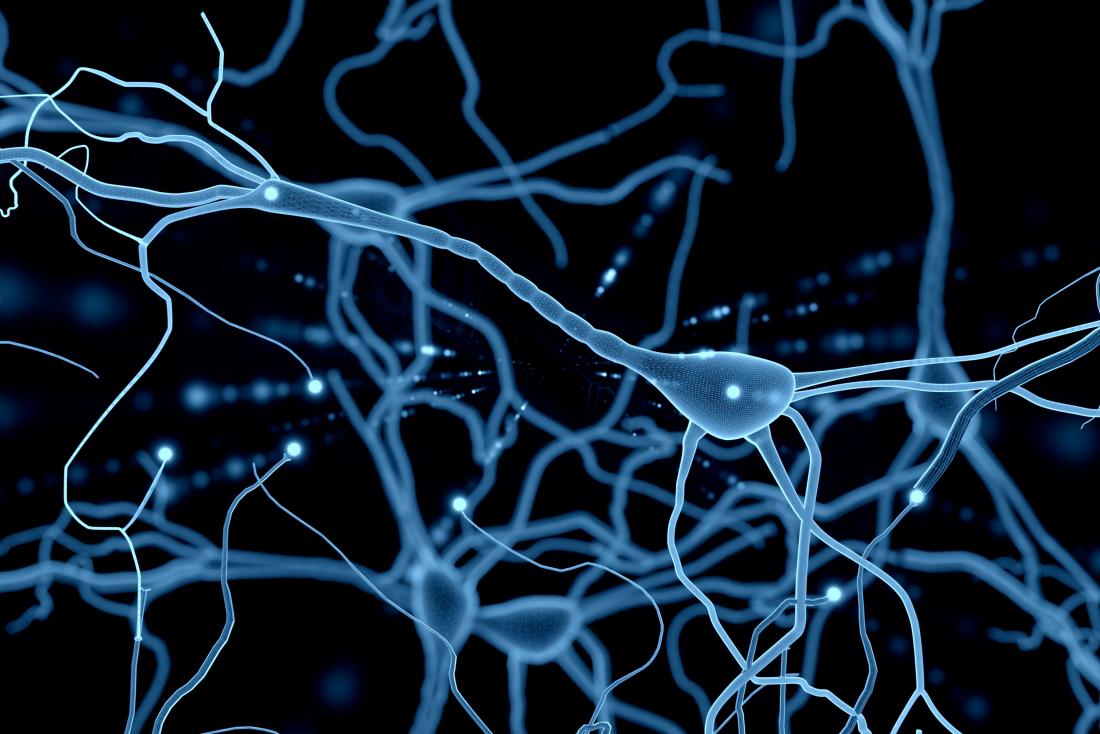SAQ sample: Neural networks
 The following sample is for the question: Explain the formation of neural networks with reference to one study.
The following sample is for the question: Explain the formation of neural networks with reference to one study.
The sample below is an exemplary response.
What is this question asking?
- The focus of the question is on the explanation of the process by which neural networks are formed.
- A relevant study should be described in terms of the aim, procedure and findings.
- There should be an explicit explanation of how the study illustrates the formation of neural networks.
Sample response
The process by which neural networks are formed is called neuroplasticity. When a neuron is stimulated, an action potential (an electrical charge) travels down the axon. Neural networks are created when a neuron or set of neurons are repeatedly stimulated. This repeated firing of the neurons, called long term potentiation, results in gene expression which causes the neurons to sprout new dendrites – known as dendritic branching. This increases the number of synapses available for the behaviour. The branching of neurons in the brain is called grey matter. Dendritic branching as a result of stimulation in the environment is seen in a study by Maguire.
Maguire carried out a study to see if neuroplasticity would be seen in the brain of London taxi drivers due to the amount of time that they had been driving the streets of London. The hypothesis was that since they were required to pass a test called “the knowledge” which required them to memorize the location of key places and routes in the city and they spent a lot of time driving around the streets of London, repeated use of the brain for spatial memory would result in neuroplasticity and a denser hippocampus.
Maguire used 16 healthy right-handed males who were licensed taxi drivers. She compared the taxi drivers to 50 healthy right-handed males who were not taxi drivers. An MRI was used to detect changes in the structure of the brain as a result of their experience. The results showed that the taxi drivers had larger posterior hippocampi compared to the controls and that the controls had larger anterior hippocampi compared to the taxi drivers. Also, there was a positive correlation between the number of years the participants had been taxi drivers and the size of the posterior hippocampus, but a negative correlation with the size of the anterior hippocampus.
Maguire argued that this demonstrates the plasticity of the hippocampus in response to environmental demands. She argued that the posterior hippocampus stores a spatial representation of the environment and that in the London taxi drivers the volume of the posterior hippocampus expanded because of their high reliance on navigation skills and spatial memories. By repeatedly firing the neurons required to remember the spatial layout of the city of London, the number of synapses was increased, creating a greater neural network.
363 words
What are common problems for answering this question?
- There is only a limited explanation of how neural networks are formed.
- The study is not focused on neural networks, but on the localization of function.
- The study is not clearly described in terms of the aim, procedure and findings.
- There is no clear explanation of what the study teaches us about how neural networks are formed.

 IB Docs (2) Team
IB Docs (2) Team
